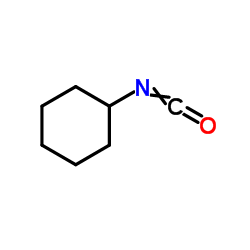| 结构式 | 名称/CAS号 | 全部文献 |
|---|---|---|
 |
环己基异氰酸酯
CAS:3173-53-3 |
|
 |
N,N’-二环己基脲
CAS:2387-23-7 |
| 结构式 | 名称/CAS号 | 全部文献 |
|---|---|---|
 |
环己基异氰酸酯
CAS:3173-53-3 |
|
 |
N,N’-二环己基脲
CAS:2387-23-7 |